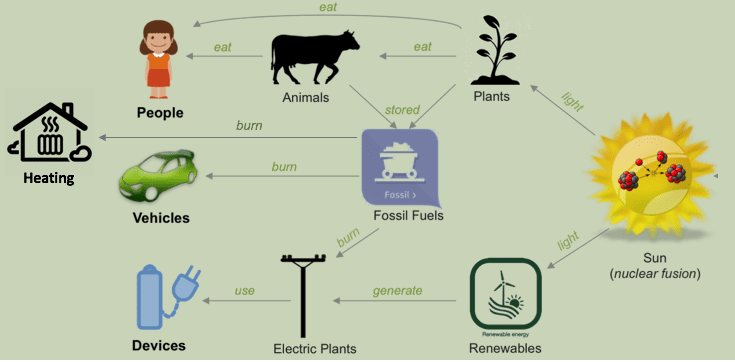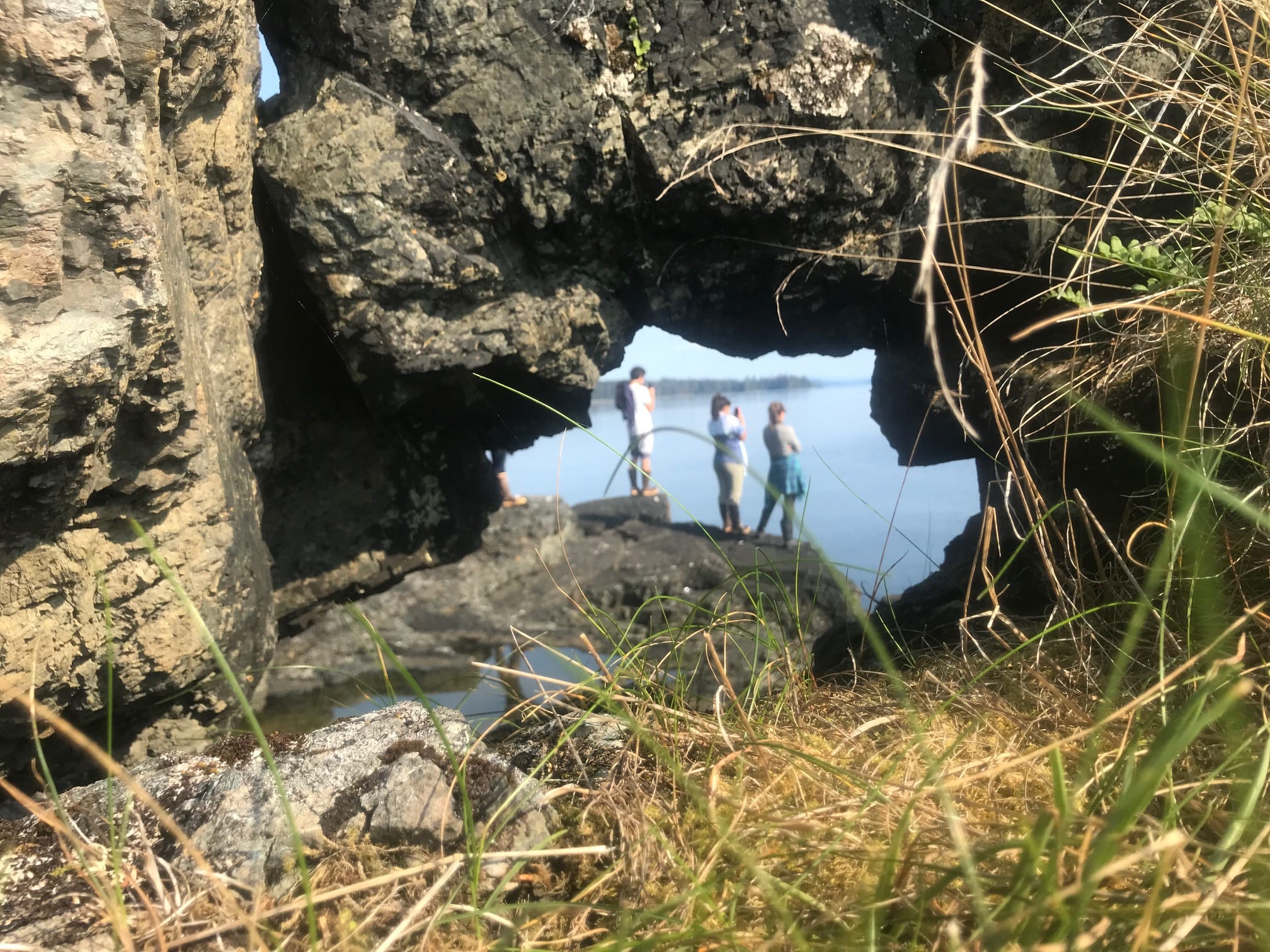1. Track energy from the sun
With the spring equinox this week (March 19th), now is a great time to help kids explore and understand how all energy originates from the sun. Write or sketch out the pathway of the energy from the sun to a common item or action, such as riding a snow machine or playing a video game.
Check out the AK EnergySmart lesson here and a similar Alaska Resource Education lesson here.
2. Asses your energy use

If some of your family is at home more than normal for the next couple weeks, you might see a spike in your electricity and heating costs. Try to reduce costs by doing an energy assessment of your house.
For electricity, if you have an energy monitor (like this Kill a Watt meter you can buy at Home Depot, or many utilities lend to members), use that to measure appliance usage, or look up common appliance usage here. Learn more about electricity assessment from the “Be an Energy Star” lesson here. Read the top 10 tips for reducing energy use in your home here, and walk through the house together to see what could be easily changed. Make a plan for reducing energy use, and discuss why it’s important to do so.
3. Get artsy with energy
NEED has coloring sheets of all different energy types and concepts. They are free to download here, including holiday-themed ones that you might want to use later in the year.
Another free download is a solar energy workbook from the American Solar Energy Society here.
While you have the art supplies out, consider making your own light switch covers to remind everyone in your family to turn off the lights! Download a template from AK EnergySmart here.
4. Conduct a waste audit
Complete an audit of your trash to see how much is or could be reduced, reused, composted, or recycled.
- Use the iWarm tool to calculate the amount of embedded energy that is or could be saved from recycling items.
- The full lesson plan on Recycling & Energy can be found here.
- Make a plan for creating less trash – read tips for reducing waste from the EPA here.
5. Explore online simulations
If you want to direct your kids’ screen time to something more educational, check out National Geographic’s renewable energy game here, and NASA’s climate and energy games here.
You can also explore the “Energy Efficient House” web activity from AK EnergySmart here.
Calculate your carbon footprint and identify ways you can reduce your impact. We like this one here.
6. Make a solar oven
Make your own solar concentrator by building a solar oven from a pizza box!
Check out instructions for making it here.
Although the site recommends at least 85º F, we have used it in much colder temperatures (a sunny day is still required), and you could compare its use inside versus outside. S’mores are especially fun to make in a solar oven.
7. Play energy games
- Learn how to play a version of “red light, green light” from the “How Alaskan Animals Stay Warm in the Winter” lesson here.
- Go to NEED.org and download the “Energy Games and Icebreakers”* for even more energy games!
*The PDF is free although you have to “add to cart” and check out to get the link to download.

8. Go on a nature adventure
Whether you ski, snowshoe, bike, hike, or walk, you can go on a nature adventure and look for animal tracks, nascent buds on trees or bushes, or make predictions for what will be growing where.
Discuss how Alaska Natives have lived here for thousands of years without electricity or fossil fuels for heating, and try to identify materials that they used from nature to stay warm. Read about, for example, traditional dwellings of the Alutiiq and Aleuts here. Although a bit early for most things now, you can also learn about wild edible plants here.
9. Plan a garden
A lot of energy goes into growing and transporting food to Alaskans. Consider starting or expanding a garden – whether it’s just a small window box in an apartment or a large outdoor garden, most people can grow at least something.
Talk with your kids about what they would like to grow. Some things could even be started now, and including your kids in the food production will increase their appreciation of the effort it takes to grow food! Check out the UAF Cooperative Extension garden page for ideas on growing in Alaska.
10. Act out an energy skit
Read through the Energy Pathways Reader’s Theater here and work with your kids to make a skit about energy, or encourage them to make their own to perform for you. Science and art go well together!
*UPDATE* NEED has created a list of their activities for distance learning here, the EPA has a list of Earth-Day related activities here, and you can search the Climate Literacy and Energy Awareness Network (CLEAN) resources here.
Did we miss something? Do you have another idea for energy-related activities to do from home? Email us with suggestions!